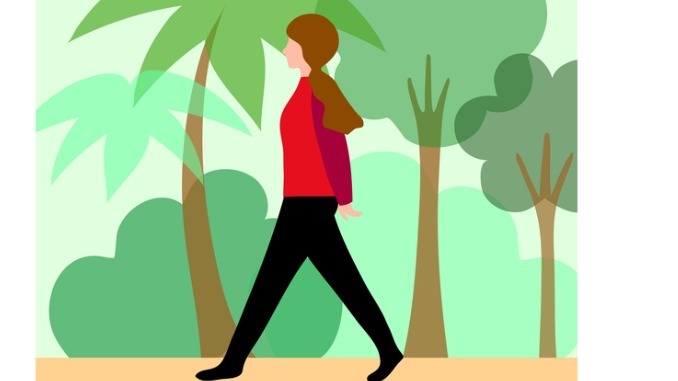
In an era where the pace of life seems ever-accelerating, finding moments of calm amidst the chaos has become a coveted skill. Meditation, with its roots deep in history as a practice for cultivating inner peace and mindfulness, has evolved to meet the demands of our modern lives. While traditional seated meditation remains a cornerstone of mindfulness practice, the dynamic forms of walking meditation and progressive muscle relaxation (PMR) offer adaptable and practical approaches for those seeking tranquillity on the go or relaxation before sleep
CREDIT: This is an edited version of an article that originally appeared on ChantFull
Walking meditation: Mindfulness in motion
Walking meditation offers a way to integrate mindfulness into your daily life, with advantages including stress reduction, enhanced focus, and improved emotional equilibrium. Here are some tips to make walking meditation a part of your routine:
- Choose a peaceful path: Select a tranquil location for your walk, such as a secluded park, garden, or quiet hallway.
- Pace yourself: Begin walking more slowly than you typically would, aiming to align your pace with an inner sense of tranquillity.
- Engage your senses: Pay attention to the feel of your feet on the ground, the movement of your arms, and the air against your skin. Observe the movements of your body with each step.
- Gently redirect your focus: If your mind starts to drift, calmly bring your attention back to the physical act of walking.
- Conclude with gratitude: At the end of your walk, pause to express appreciation for the time spent in mindful awareness.
Progressive muscle relaxation: A nighttime ritual
For those seeking a restful night’s sleep, progressive muscle relaxation (PMR) in bed offers a technique to unwind physically. By tensing and then relaxing different muscle groups, this practice can significantly enhance sleep quality, especially beneficial after a demanding day.
- Prepare your space: Lie down in a comfortable position, ensuring a calm and conducive environment.
- Start with deep breaths: Initiate the process with a few minutes of deep breathing to calm your mind.
- Tense and release: Begin with your toes and gradually move up through your body, tensing each muscle group as you inhale and releasing as you exhale.
- Focus on the feeling: Notice the sensation of tension versus relaxation, observing how your muscles feel as they release stress.
- End with total relaxation: After working through all muscle groups, allow your body to relax completely, enjoying a few moments of gentle breathing.
Benefits of PMR before sleep:
- Enhanced sleep quality: Promotes quicker sleep onset and deeper sleep, countering insomnia.
- Stress and anxiety reduction: Helps alleviate physical symptoms of stress, promoting a sense of calm.
- Increased body awareness: Improves recognition of tension and aids in relaxation techniques.
Incorporating mindfulness into your daily life doesn’t require sweeping changes; small, consistent practices like walking meditation or PMR can offer significant benefits. By adapting these techniques to fit your lifestyle, you can cultivate moments of peace and well-being amidst the chaos of everyday life.


Be the first to comment